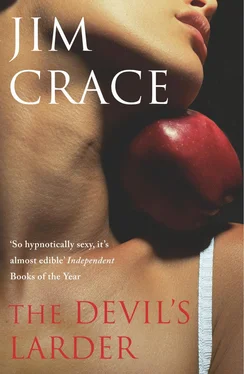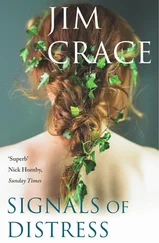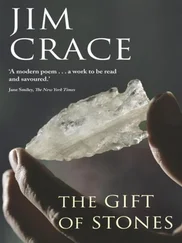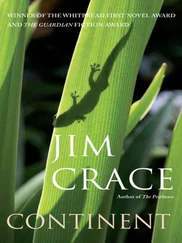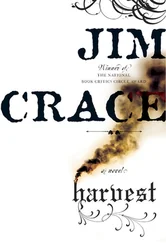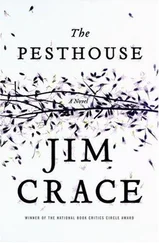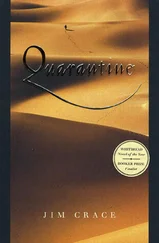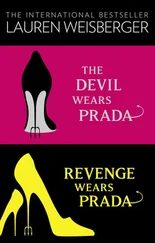The nine of them, keyed up and challenged by the errant spirit of the wedding night, spread out around the tables and set to work on what remained of the feast. There were no rules or etiquette, no social niceties. So lung and lychees shared a fork; fish steaks and sallow andouillettes were sweetened by the icing from the wedding cake; baby white aubergines and boiled potatoes were dipped into the coconut sauce; prawn crackers scooped up basmati rice, yoghurt dip and cream. The men made sandwiches of white oat bread, buffalo cheese, blanched asparagus and stiffened albumen. Vanilla ice cream went with everything. Speed was the thing. This was a race against the clock. They had to cram their mouths. If anything fell on the carpet, then so what? It didn’t show. By the time — eighteen minutes — everything had been dispatched, their suits, shirts and trousers were spattered with niveous gravies and with grease, white stains on white.
They filled their glasses with the last dregs from the bottles of white wine, mixed drunkenly with milk, and held them up to toast the bridegroom and the bride, by now a hundred miles away. The bachelors could only picture them and hope their own white day would come, their own fake snow. Somewhere, driving through the night, the honeymooners were in each other’s arms, his lips on hers, deep in the lambswool cushions of their white limousine, behind the stiff and blushing chauffeur in his pallid uniform.
BEWARE THE chilling phrase ‘This calls for some champagne!’ Resist that weighty bottle if you can. Champagne will spoil the day.
Champagne is tolerable at times, equal to a glass of lemonade for sweetening dry throats, superior even to a can of beer for brisk inebriation, preferable to homemade wine or cider. But otherwise obey the warning on the label: ‘Open with care.’ The drink is rarely equal to its task or to its reputation. How could it be? Nothing is that heavenly or transcendent. We should hold champagne in contempt. It lets us down.
I HAVE COLLECTED two bottles of Moët & Chandon, Brut Impérial, from the cold pantry, to celebrate my husband’s success at work. The Director at last. Bravo! I carry them like liquid luck down to the summer house. His mother’s there, three colleagues, his two best friends, our daughter and her current partner, a neighbour and (reluctantly) his wife. With us that’s twelve. One bottle wouldn’t be enough. It wouldn’t be enough to spoil the day.
What — apart from my husband — could be more well mannered and more sociable than two bottles of champagne? Placed at the centre of the trellis table, they strike, like him, a solid attitude. They’re dignified. But they’re light in disposition, smartly presented, aspiring. Their pedigrees are on display. Their rising gases promise both energy and levity. Expense has not been spared.
My husband likes to open bottles of champagne himself. He feels I lack respect. The bubbly is too finely and too patiently blended, too lovingly matured to handle with anything other than finesse, he says. We should not allow a pressure spill to waste any. He stands at his end of the table, tears back the gold, loosens the wire and shows us how to pull and twist the cork. The finest waiter could not better him. A flying cork might add some drama but is, in his opinion, unnecessary and vulgar. Everybody laughs and sighs at the muted popping of the corks, the barest frothing of the champagne.
We hold our glasses out and watch the tumbling liquid and the fizz. We lift our glasses. Trembling hands. We have to drink at once. The bubble reputation will not last. Our disappointments and our jealousies will soon be heavy in the glass.
‘Congratulations,’ someone says. ‘To your success.’
We all stand up to toast my husband and his good fortune. He has a smile for everyone. He would not understand how chilled we feel and vexed. He’s sparkling now. He is grand cru . He does not know that he has let us down.
THE CELEBRATED restaurant is a short walk from the transport stores, westwards, towards the empty tenements. Just ask the way if you get lost or muddled in the yards and alleyways. A magazine article — with the headline ‘Simply the Best’ — has said it serves the finest soup in the region and ‘merits the detour’. So, for a month or two, its tables are reserved by detourists, as we call them, and regulars like the Fiat garage workers and the women from the trade exchange must eat elsewhere.
The menu is a simple one. It has not changed for seven years at least and will not change until she dies, the owner says. Each diner gets a hock of bread, some butter and some salt, a spoon, an ashtray and a glass. There are sometimes three soups to choose from. One made with fish, of course. The port is nearby and fish is plentiful. Another’s made with vegetables, according to the season. And, occasionally, there is a third, prepared from either beef or chicken. But most days there are only two, fish soup or vegetable. A glass of beer or water is included in the price. There is no point in asking for an omelette or some wine. The restaurant can’t cope with such variety. The best you’ll get is soup and beer and smoke. There’s also little point in asking what the fish is for that day, or what fresh vegetables were used. The owner usually says, ‘You’ll have to wait and see,’ because, to tell the truth, she’s not entirely sure.
You could not say the place is celebrated for its ambience. It’s just a corner house converted forty years ago into a lunchery, at a time when there were countless families living in this quarter of the town and employed in the naval joineries and engineering shops. It’s modest, then, and not entirely clean. It’s two rooms up and one room down, with plastic tablecloths and kitchen chairs to make you feel at home. It’s cheap in there and cramped and, unusually for a celebrated restaurant these days, it’s heavy with tobacco smoke.
If not the ambience, then what? You find out when you lift the soup spoon to your lips. The soups are never liquidized into a smooth consistency but, even with their nuggets and morsels of flesh and vegetable, the substrate ballast of lentils, peas and beans, the broth is so delicate and light, so insubstantial and so resonant, that taste and smell precede the near lip of the spoon and leap across the thin air to your mouth. You’ve heard of aftertaste? This is the opposite. This is a soup that’s full of promises. We’re not surprised. We’re used to it.
These detourists, however, are perplexed as they depart between the crowded tables and step out through the narrow door into the diesel-smelling streets. They tip like kings and queens. Their tips are stiffer than the bill. It can’t be right, they think, to dine so well and simply and be so cheaply satisfied. And, oh, such soup, such soup! The magazine has said the owner has a secret formula, an additive she will not name. So now they try to guess what they have tasted, other than the finest recipe not only in the region but in the world. What is the conjuring trick?
We have the answers, should they ask. When we have drunk a beer or two, then we will gladly tease the cook, the celebrated chef, with theories to explain the new-found eminence of her restaurant. Her secret is the sewer truffles that she adds to every pot of soup. She grows them in her cellar. Her secret is sea water: two parts of that to every three parts taken from the tap. Seaweed. Sea mist. The secret is the heavy pan she uses, made for her out of boiler iron by a ship’s engineer as a token of his devotion. Its metal is not stable, but leaks and seeps its unrequited love into the soup. Her secret is the special fish that’s caught for her by an old man, at night. He rows out beyond the shipping lanes, anchors in the corridor of moonlight, and scoops them from the water in a kitchen colander. Or else the magic’s in the vegetables. Or in some expensive, esoteric spice.
Читать дальше
